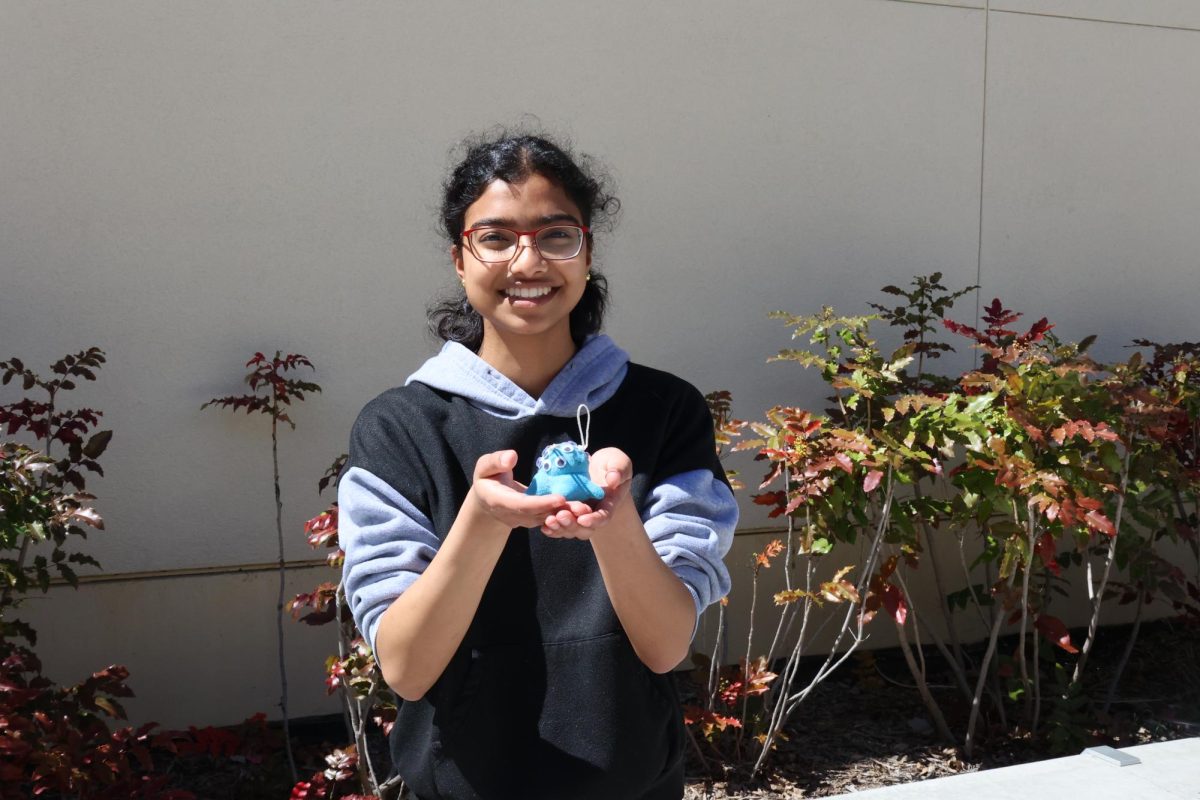Written by Seungik Shin
With only a week to work and over 70,000 dominoes used, on July 23, 2016, junior Alex Berlaga and a team of YouTubers set the world records for the largest chain reaction machine, the largest domino circle field attempt and the most dominoes built in America.
Berlaga first took an interest in dominoes at the age of 11 after playing with double-six dominoes at his house. As time went on, his curiosity grew. “Eventually, I got more into it and looked at YouTube videos and I started building with [materials beyond dominoes],” Berlaga said.
As Berlaga’s interest in building contraptions with dominoes piqued, he felt inspired to share his interest with the public. “I started [my YouTube channel] because that’s where I found dominoes and that’s where I really started to get interested into dominos,” Berlaga said. “So I felt that if I start this YouTube channel, then I can get my work seen as well and people can look at it and discover my work.”
http://www.youtube.com/watch?v=ixm-GpPWgSg
Berlaga began to experiment more and more with dominoes, building Rube-Goldberg machines—a deliberately complex contraption in which activating one device triggers the next device in the sequence to perform a simple task. Through this experimentation, Berlaga’s skillset expanded, and when YouTuber Steve Price decided to assemble a team of YouTubers to build the largest domino chain, he invited Berlaga to be part of it. “[Price] watches machines as well as everyone who builds them and he found the top 15 to 16 builders,” Berlaga said. “[So] he sent an email to me, and I replied because I was interested in joining the team.” Each member of the team was given a specific section of the machine to build. According to Berlaga, it was no easy task. “I only had seven days and a lot of my design for my section was not usable because of the materials we had so I had to redesign a large part of it,” he said. “I had to stay there and work for 14 hours for some days, and 12 hours for others to not just get it working, but make it fit with the theme.”
Over time, Berlaga has learned that building machines and contraptions isn’t just about placing dominoes in a line and hoping for it to work; it involves complex understanding and thought processes. “Failure with domino usually happens when you knock it down, and it stops in the middle, or when you’re building a large project and it stops because you misplaced something,” Berlaga said. “How you learn from that is [to] generally be more careful and [understanding that] sometimes you have to take breaks so you’re not too inaccurate after building for a while. You get to know the reliability of other techniques and how things just work.”























